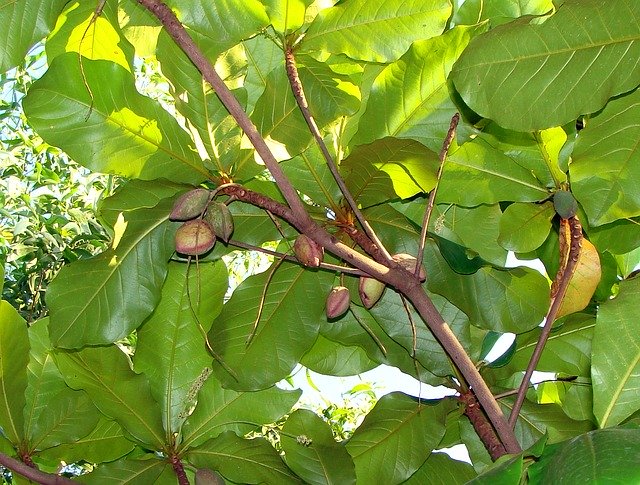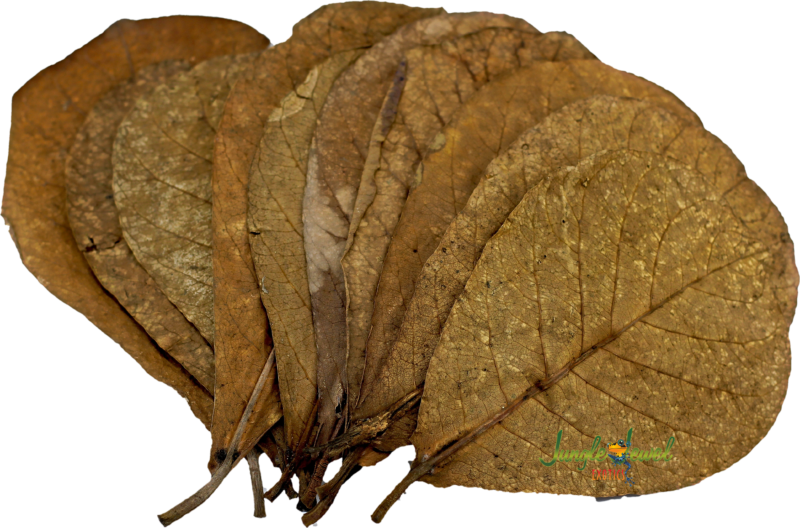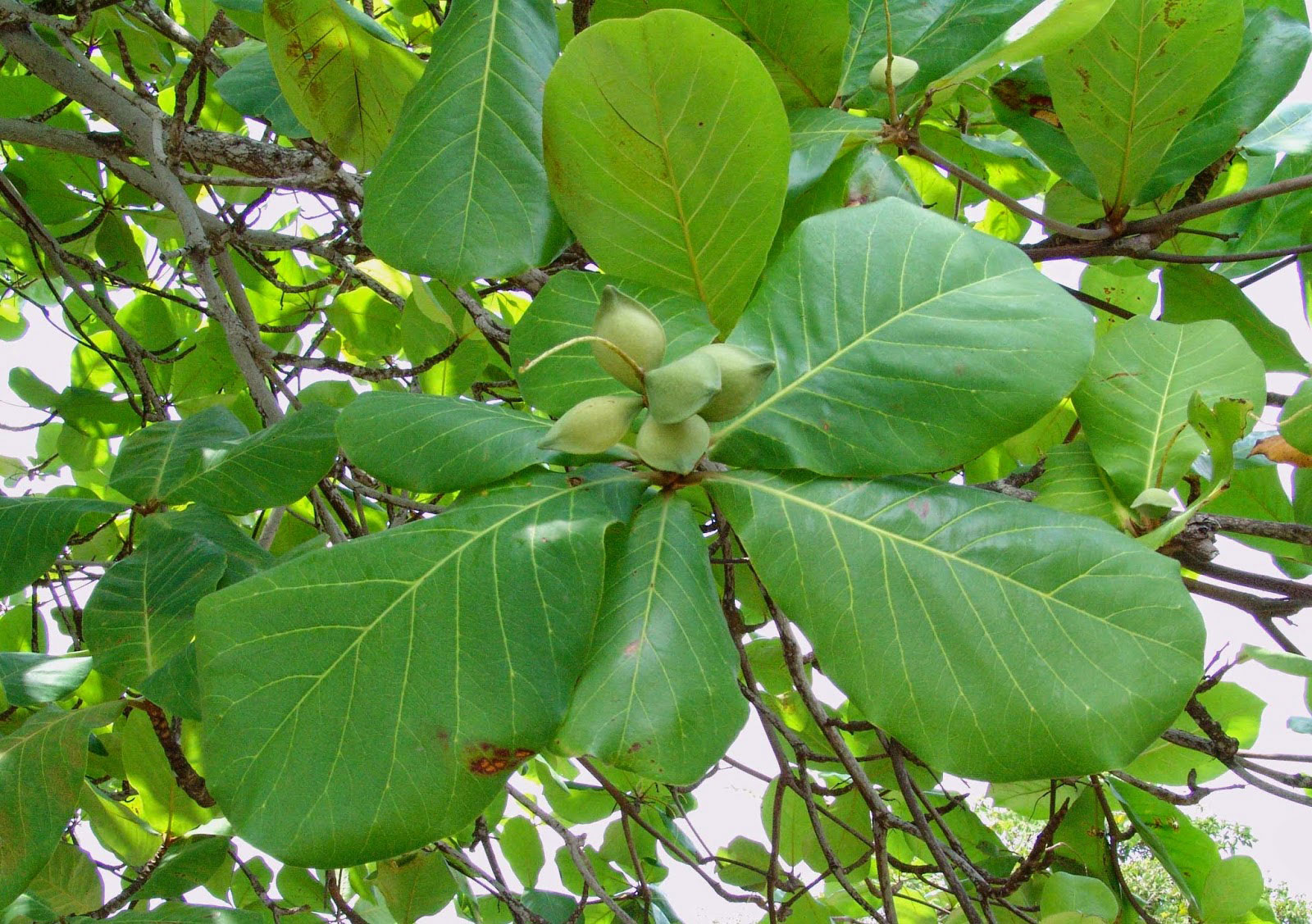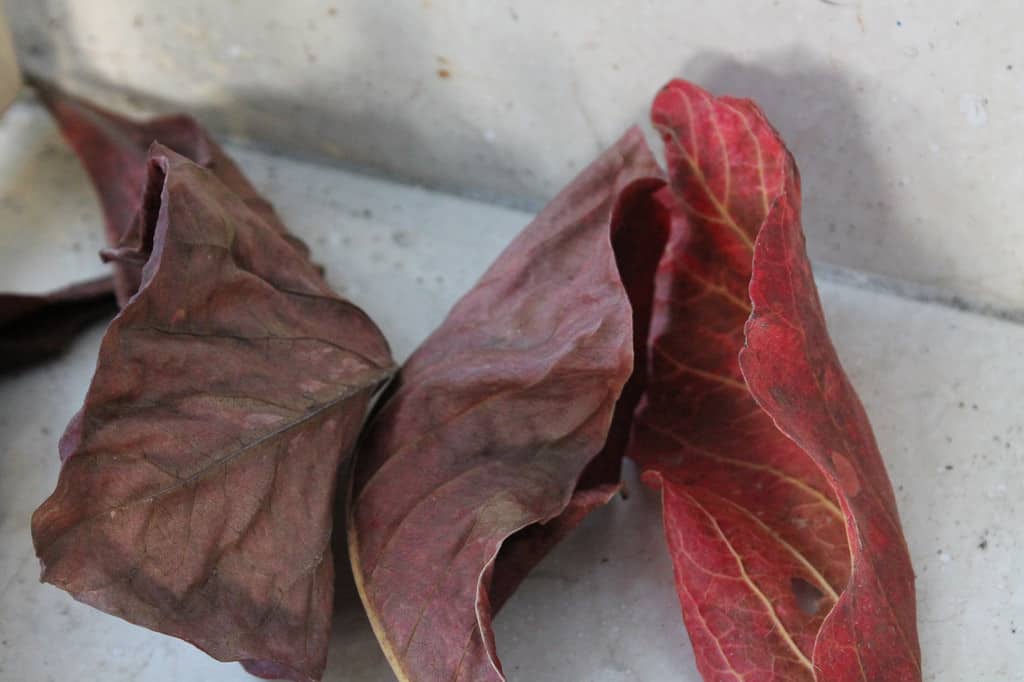Indian Almond Leaf
Indian almond leaf is a popular addition to aquariums and is known for its many health benefits. But what exactly is it, and why should you consider using it in your tank? In this article, we'll explore the world of Indian almond leaf and everything you need to know about this beneficial plant.
The Pain Points of Using Indian Almond Leaf
For many aquarium enthusiasts, one of the biggest challenges is keeping their fish healthy and happy. One of the most common issues that arise is disease and illness. Regardless of how good your water quality is, there's always a risk that your fish could become sick. And when this happens, it can be difficult to know what to do next. This is where Indian almond leaf comes in - it's known for its ability to promote health and wellbeing in fish, making it an essential addition to any aquarium.
The Target of Indian Almond Leaf
Indian almond leaf is a natural product that comes from the Indian almond tree, also known as the Terminalia catappa tree. It's commonly used in aquariums because of its many health benefits. When added to the water, it releases tannins and other beneficial compounds that can help to prevent disease, boost immune function, and improve overall health and wellbeing in fish. Essentially, Indian almond leaf is a natural form of medication for your aquatic pets.
Main Points about Indian Almond Leaf
The benefits of Indian almond leaf are clear - it can improve the health and wellbeing of fish, reduce the risk of disease, and boost immune function. But it's also important to consider how to use it effectively. Make sure to buy high-quality leaves, and rinse them thoroughly before use. The leaves should be added to the water gradually, and any that start to break down should be removed to prevent pollution. With proper usage, Indian almond leaf can be a powerful tool for enhancing the health of your aquarium inhabitants.
Personal Experience with Indian Almond Leaf
When I first started using Indian almond leaf in my aquarium, I wasn't sure what to expect. But after just a few weeks, I noticed a significant improvement in the overall health and wellbeing of my fish. They seemed more active and vibrant, and I had fewer issues with disease and illness. I also noticed an improvement in the water quality, which I attributed to the natural compounds released by the leaves. Overall, I would highly recommend Indian almond leaf to anyone looking to enhance the health of their aquarium inhabitants.
Using Indian Almond Leaf in Shrimp Tanks
One of the most popular uses for Indian almond leaf is in shrimp tanks. Shrimp are known for being particularly sensitive to changes in their environment, and Indian almond leaf can help to keep them healthy and happy. When added to a shrimp tank, Indian almond leaves can help to reduce stress, prevent disease, and promote healthy molting. They can also improve the overall aesthetic of the tank, creating a natural and organic look that complements the shrimp perfectly.
Using Indian Almond Leaf in Betta Tanks
Betta fish are another popular choice for aquarium enthusiasts, and Indian almond leaf can be a useful addition to their tanks. Betta fish are prone to stress and illness, and Indian almond leaf can help to soothe their environment and promote overall health. Adding Indian almond leaves to a Betta tank can also create a natural and cozy environment that encourages a more peaceful and relaxed atmosphere for these beautiful fish.
Using Indian Almond Leaf in Aquascaping
Finally, it's worth noting that Indian almond leaf can also be a useful addition to aquascaping projects. The leaves can be used to create a natural and organic look, and they can enhance the overall aesthetic of an aquarium. They can also provide shelter and hiding places for fish and other aquatic creatures, creating a more dynamic and interesting environment.
Question and Answer
Q: What other benefits does Indian almond leaf offer?
A: In addition to promoting health and wellbeing in fish, Indian almond leaf can also help to reduce stress, prevent algae growth, and improve water quality.
Q: How often should I add Indian almond leaf to my tank?
A: This depends on the size of your tank and the number of leaves you're using. As a general rule, you should replace the leaves every two weeks to maintain their potency.
Q: Can Indian almond leaf be used with other medications?
A: Yes, Indian almond leaf is safe to use in combination with other medications. However, it's always important to read the instructions carefully and follow the recommended dosage guidelines.
Q: Where can I buy Indian almond leaf?
A: Indian almond leaf is available from a wide range of online retailers and pet stores. Make sure to choose a reputable supplier and select high-quality leaves to ensure the best results.
Conclusion of Indian Almond Leaf
Indian almond leaf is a natural and powerful tool for improving the health and wellbeing of aquarium inhabitants. From reducing stress and disease to promoting healthy molting and improving water quality, Indian almond leaf offers a wide range of benefits for fish and other aquatic creatures. By incorporating Indian almond leaf into your aquarium maintenance routine, you can create a healthier and happier environment for your pets and enjoy the beauty and tranquility of your aquarium for years to come.
Gallery
Indian Almond Leaves | The Shrimp Farm
Photo Credit by: bing.com / almond leaves indian shrimp pack farm aquarium above double click
10 Reasons To Use Indian Almond Leaves In Your Aquarium

Photo Credit by: bing.com / almond
Indian Almond Leaves 6"-7" Grade A - Jungle Jewel Exotics

Photo Credit by: bing.com / botanicals junglejewelexotics
Indian Almond Facts And Health Benefits

Photo Credit by: bing.com / almond almonds
Indian Almond Leaves | How And When To Use Them! | Aquariadise

Photo Credit by: bing.com / aquariadise betta catappa
